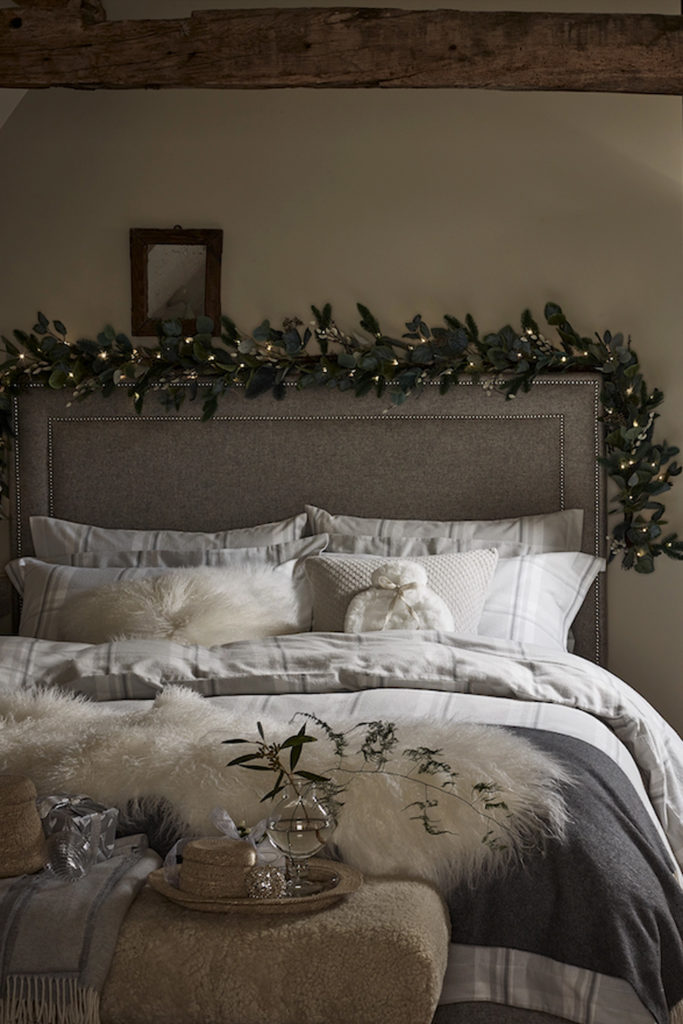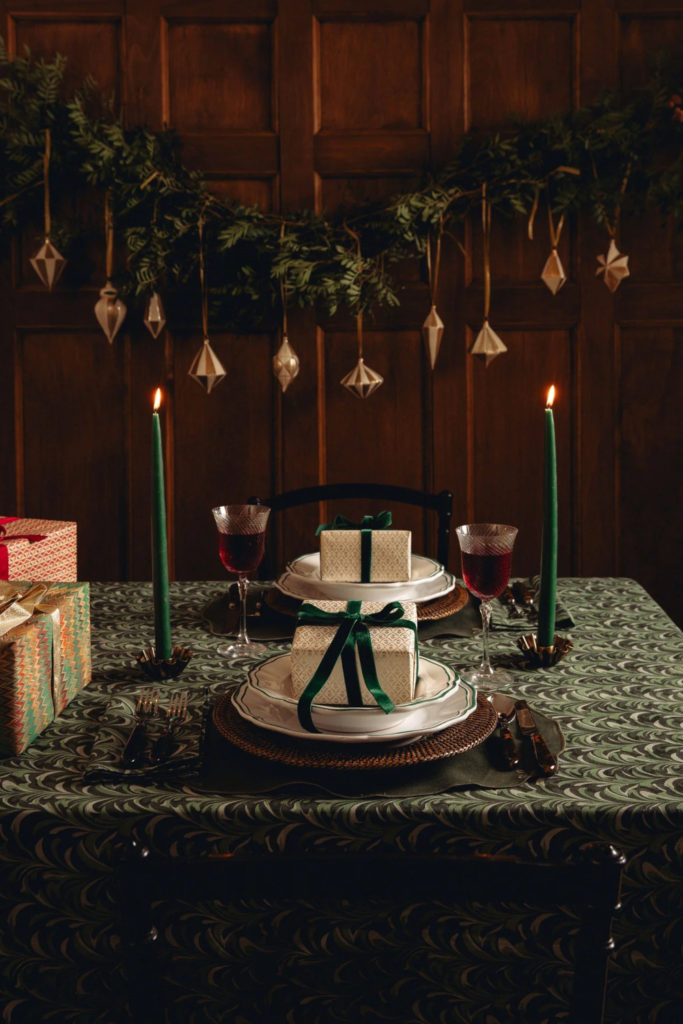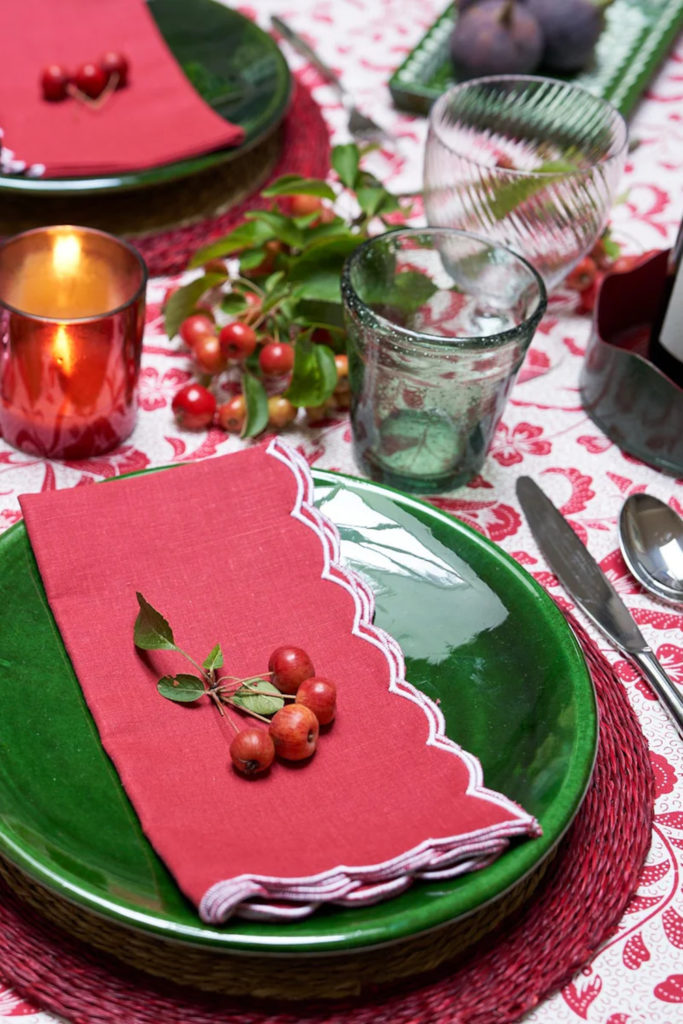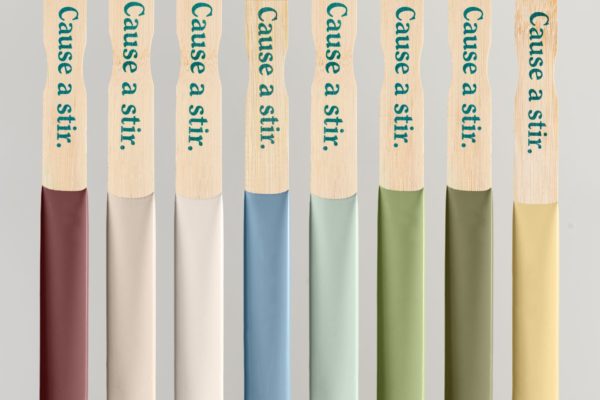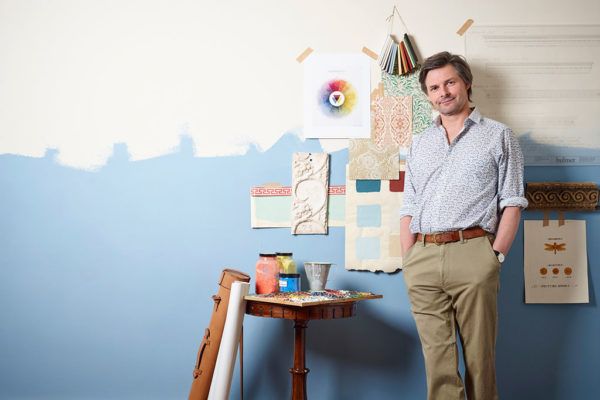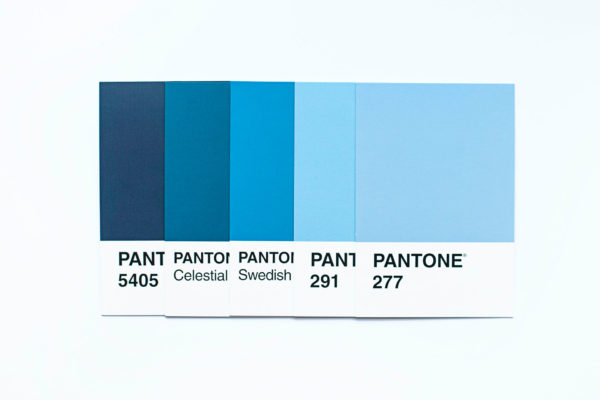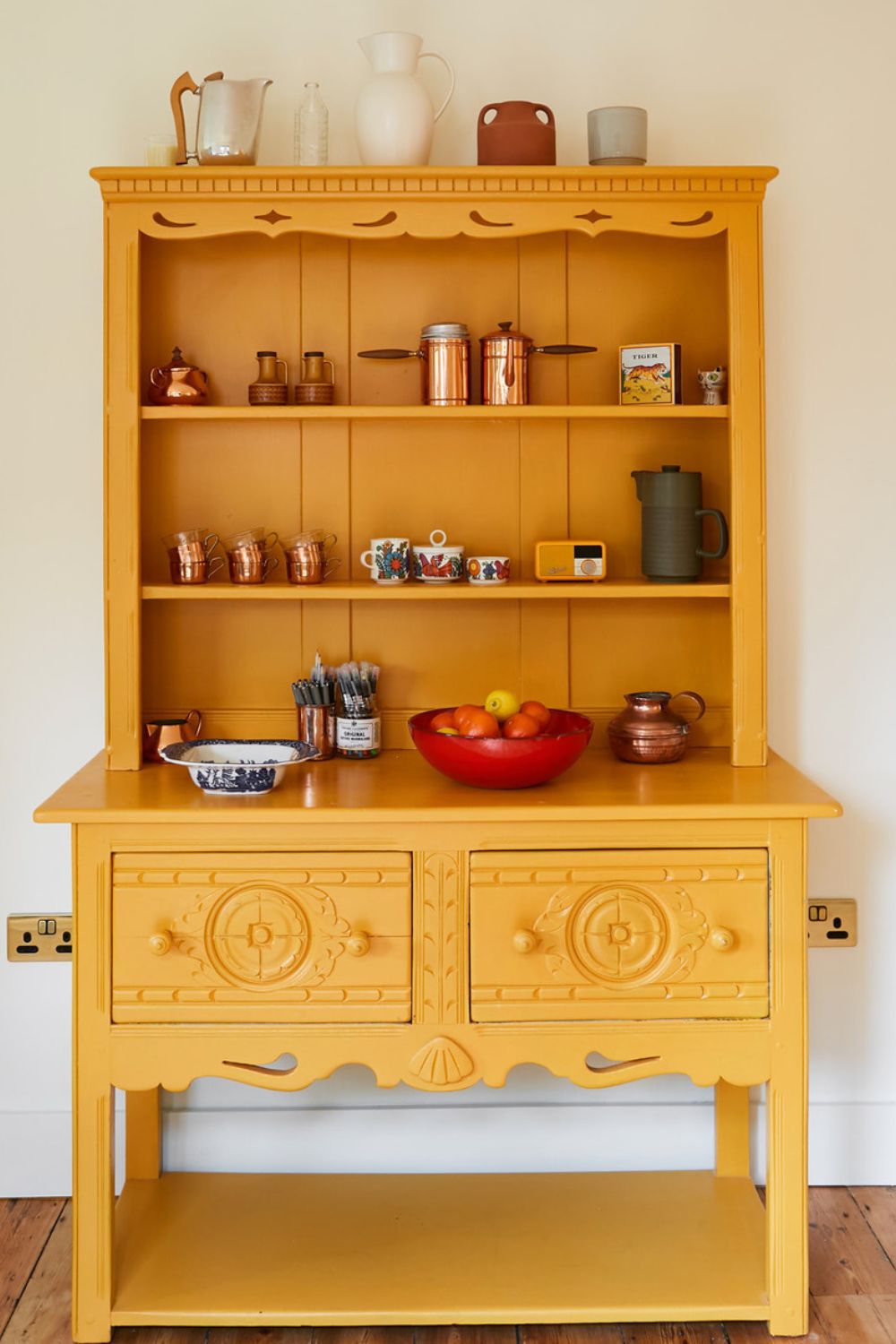
Which Psychological Colour Season Are You? And How Should It Affect Your Home?
By
2 months ago
Colour psychology can give you the answers
With the colour analysis trend of the 80s and 90s having firmly re-entered the mainstream, more people than ever are flocking to the experts to find out whether they’re an autumn, winter, summer or spring. And while the craze has largely been contained to the worlds of fashion and beauty (as colour consultants hold up swatches of fabrics in a variety of shades to see which make your features pop), your wardrobe isn’t the only area of your home where colour consultants can advise.
Of course, no one’s expecting you choose to your paint shades based on what will best smooth over the sight of your eyebags, but these aesthetic seasonal palettes aren’t the only ways in which colour can inform our lives. As in fashion colour-consulting (and those super fun flowchart quizzes in teen magazines), your ‘season’ can be indicative of your deeper emotional make-up as well.
With World Mental Health Day just around the corner on 10 October, it’s time to start thinking about what little changes we can make to improve and restore our mood. While repainting your walls won’t solve any serious mental health crises anytime soon, the colours we surround ourselves with have been proven to affect our day to day feelings. Famously, Baker-Miller Pink is often used to calm aggressive inmates. And while the studies from the 1970s and 80s which found this were not the most thorough by modern standards, it’s hard to imagine someone kicking off a brawl surrounded by the soft embrace of pastel pink.
A more recent study by Sofa Club found that 71.84 percent of respondents reported a positive impact on their mood when surrounded by colourful furniture. However only 34 percent identified bright colours as a key contributor to this effect. While the indoorphins and dopamine decor trends might tempt us all to coat our walls in sunshine yellow, what brings joy to one will not be the same for another.
What Is Colour Psychology?

Yinteriors founders Max (left) and Charlotte (right)
Colour therapist, author and founder of the Hello Hue philosophy Momtaz Begum-Hossain, explains that ‘Every colour radiates its own energy. When we spend time in a room, we begin to absorb that energy, which influences our emotions. Colour also connects with the subconscious mind where memories and experiences are stored. Seeing certain hues can spark happy recollections, childhood moments, family holidays, special occasions, giving us an instant feel-good factor.’
Charlotte Broadribb of interior design studio Yinteriors, however, has a slightly more personal approach, distinguishing between colour association and the more deeply-ingrained psychology. ‘Basic colour psychology is understanding which colours are right for, based on your personality type and how you want to feel in a space.’
Choosing Which Colours Are Right For You
Much like the effects of the famed Baker-Miller pink, Broadribb explains that, ‘If you’re an anxious person, you will often want to feel physically soothed by the space you’re in, so opting for a soft pink will have this effect on you (and anyone else who experiences it). The tint, tone, shade and saturation of the colour is up to you, and your preference will be deeply personal. Pink doesn’t need to be magenta or candyfloss, it can be the earthy colour of a sun-bleached terracotta pot or a dusky rose.’
Alternatively, Broadribb advises that if you’re an energetic or chaotic person then avoid over stimulating colours such as intense blues or bright reds. In the same vein she suggests that while a sunny colour like yellow can bring joy in small bursts – working well for a hallway which you’ll quickly pass through – spending too much time in an all-yellow room can feel pretty intense (Don’t believe me? Read The Yellow Wallpaper and you’ll see what she means).
And though you probably (definitely) don’t want to think about it, Broadribb insists that, yes, you do have to consider ‘which of the 150,000 whites of the market is right for you’. ‘Painting a room using a tub of cheap brilliant white paint is a sure-fire way to make people feel cold, unwelcome and slightly on edge after a while, without them even realising why,’ says Broadribb. You’ve been warned.
Why You Should Design A Home For You
With so many different interiors trends to choose from, it can be easy for your own personal tastes to get lost among the noise. ‘One of the most important relationships you will ever have is with your home,’ says Broadribb, ‘so people want to invest in their homes, and they do not want to be decorating every 18 months to keep up with trends. The way to achieve this is to create something that is deeply personal to you -– something that you won’t get bored of within a year or regret because it’s not really “you”.’
One thing that Broadribb’s clients most fear when choosing colours for their homes is what other people might think when they come to visit. ‘Often, they come to us and want to be bold at the outset, then start to think about playing it safe so as not to offend their hypothetical future home buyer, occasional guests or neighbours that might pop round once a year.’ Encouraging them to think beyond to the thoughts of others, Broadribb instead encourages people to responds to their true nature and what will make them (not anybody else) feel good.
How To Incorporate Feng Shui Into Your Colour Design
Feng Shui is one of those terms that gets thrown an awful lot in the world of interiors, often by people who don’t really know what it means. ‘We feel much the same,’ agrees Broadribb. ‘Feng Shui is often reduced to surface-level changes and superstition, but it’s a profound tool for self-awareness because what’s going on in your life is mirrored in your home. And when you know how to “read” it, the home becomes a tool for life transformation.’ With co-founder Max McKenzie being a double-certified Feng Shui practioner and energy healer, the Yinteriors team use Feng Shui principles to create a sense of balance and harmony.
Broadribb explains that ‘Using Chinese astrology, we explore the individual’s energy and elemental balance (we’re all a combination of the Chinese Five Elements: Wood, Fire, Earth, Metal and Water). These insights shape our recommendations, from layout to colour, furniture and material choices.’ From there, she would then consider how the client wants to use the space, how they want to feel it in, how often they will use it and what matters most to them. ‘Then we’d layer those needs with your elemental energy and style to create a space that feels both beautiful and completely personal.’
Is This All A Little Woo-Woo?
While Broadribb admits that it doesn’t sound all that scientific, she insists that the foundations of colour psychology were laid down by the likes of Aristotle and Isaace Newton. ‘If anyone is unsure about whether colour psychology is woo-woo or not, it’s actually all rooted in science and nature,’ argues Broadribb. ‘All colours exist in nature, but not all at the same time and place. Which seasonal set of colours resonate most with you will be down to your personality type. This is what we base the colour consultation on.’
How Does A Colour Consultation Work?
Starting with a 20 question questionnaire, this initial step in the process avoids the question of colour altogether, instead finding out about the client’s preferences and what’s important to them: ‘We tell them to just go with their gut and not answer based on what they think they should say.’ Once the client’s psychlogical seasonal colour palette is decided they will then have a meeting to learn more about the space at hand and their needs for that space. More about just choosing the paint for the walls, they will consider how all elements such as furniture, fabrics and flooring will work alongside each other, and determine what proportion of each colour from the palette should be used to create the desired effect. However this effect is not merely aesthetic, clarifies Broadribb: ‘The “desired effect” is how they want to feel whilst they’re in the room and after they’ve spent time in it – it’s really not just about a ‘wow factor’ when you first walk in.’


